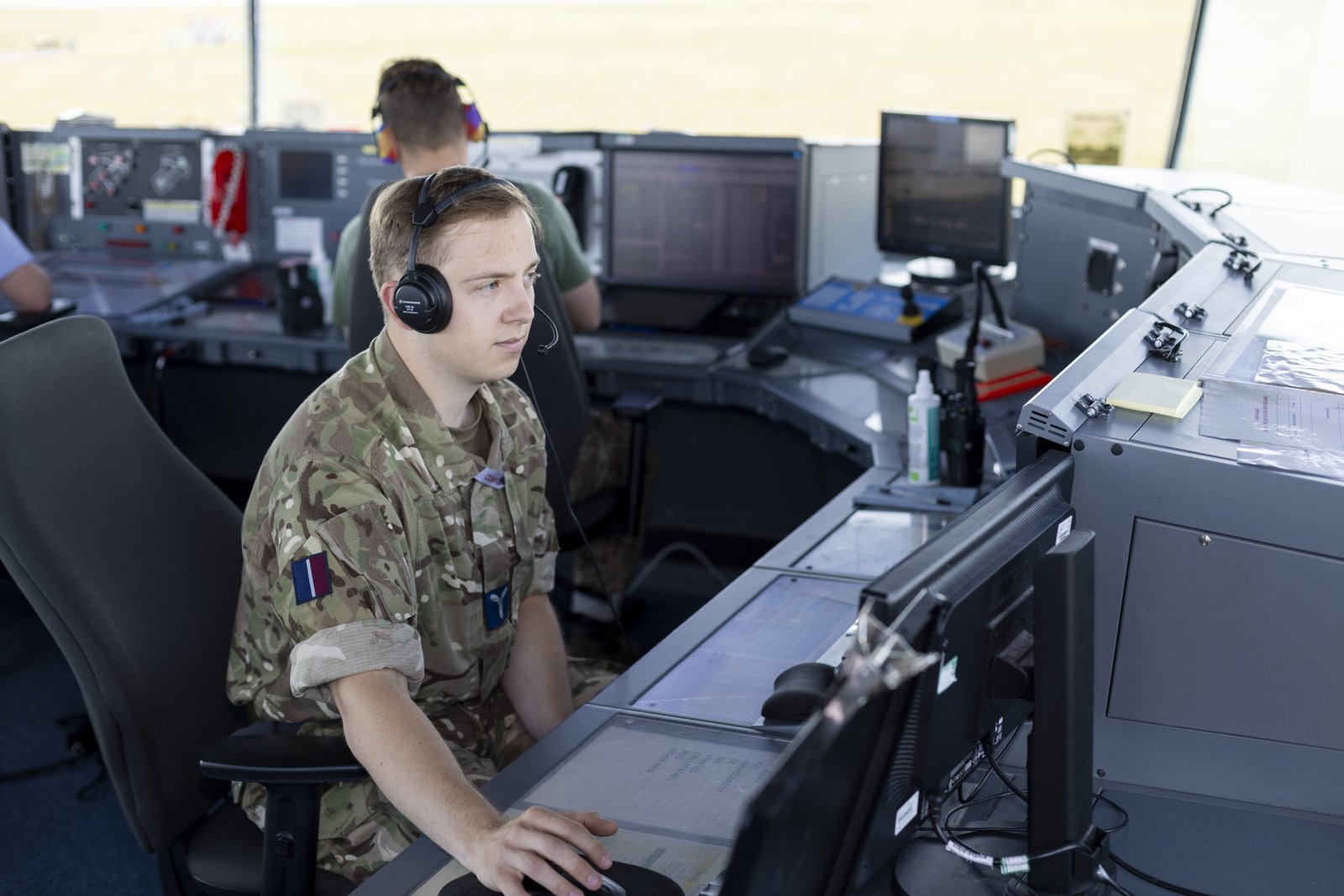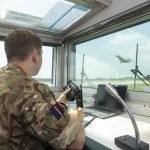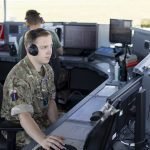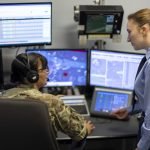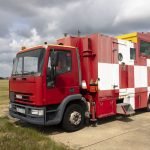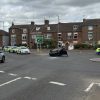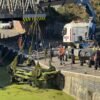LINCOLNSHIRE’S AIRSPACE IS BUSY and keeping it safe for civilian and military aircraft is the job of the Lincolnshire Terminal Air Traffic Control Centre (TATCC), based at Royal Air Force Coningsby.
The team at Lincs TATCC manage the flow of aircraft in and out of Lincolnshire airfields and the surrounding areas. With four flying stations (Barkston Heath, Coningsby, Cranwell and Waddington) it’s still very much an RAF county. And because RAF Coningsby is a 24/7 station delivering QRA, there are always qualified controllers on duty in the tower.
The more than 70-strong team is led by Squadron Leader Andrea Jackson: “The airspace is busy and complex; there are four busy flying stations, all within fifteen miles of each other. Daily, all of them deliver operational output and critical flying training, conduct display flying and act as bases for multinational exercises. This is in addition to the general aircraft traffic, and the airborne emergency services.”
The last look checks of an aircraft prior to landing, controlling vehicle movements on the airfield, and updating air traffic systems with flight critical information, are some of the many responsibilities of the Squadron’s Air & Space Operations Specialists (ASOS).
Squadron Leader Jackson said: “The controllers manage the airspace, but our ASOS contingent makes sure that the TATCC has up to date critical information, and that RAF Coningsby has a safe operating environment on the ground.”
AS1 Wade Tear is an Air & Space Operations Specialist and joined the RAF in 2002. He said: “No two days are ever the same here at Coningsby and I would describe it as a ‘good’ busy. There’s always something going on, with new challenges to face, and tasks to complete which assist in the station’s flying output. You could be called up to assist with an aircraft emergency or the launch of our QRA Typhoons in the flick of a switch”.
All four Stations have visual control rooms, where controllers can see aircraft arriving, landing and departing from their airfields. But the TATCC’s Ops room at RAF Coningsby’s is the nerve centre for all the Stations in Lincolnshire’s airspace. On their screens the controllers can see and direct aircraft up to forty miles away. In 2024 The Lincs TATCC provided Air Traffic Services to around 60,000 aircraft.
Squadron Leader Jackson said: “It is a challenging job because controllers must reinterpret a two-dimensional image on the screen in front of them into a three-dimensional image in their minds. They need to rapidly assimilate multiple inputs safely and effectively requiring mental agility. And then there’s communication; controllers must understand their aircraft, routing and restrictions, whilst effectively communicating with correct wording and maintaining a safe service.”
At RAF Coningsby alone there are five fast jet Typhoon squadrons, and the piston-engine Battle of Britain Memorial Flight. These aircraft fly and manoeuvre at completely different speeds, but they take off and land at the same airfield. At RAF Waddington there are fast jet and multi engine aircraft, RAFAT (Red Arrows) and Protector, which is a remotely piloted aircraft.
Wing Commander French is Officer Commanding Operations Support Wing, of which Air Traffic Control is a part. She said: “Air safety is our top priority. We must make sure that everyone who uses Lincolnshire’s airspace is deconflicted and has enough room to do what they need to do safely. It sounds simple, but you need qualified personnel who take their roles extremely seriously.”
Wing Commander French concluded: “The team in Air Traffic have an extremely complex and challenging role in one of the UK’s busiest areas of airspace. All personnel are highly skilled and form an integral part of keeping our skies and aircraft safe 24/7.”


